It’s Monday the 20th of March, early morning, and two purse seine fishermen from Kavala – Giannis and Stathis – meet Giorgos (WWF Greece’s marine officer) and myself at Athens International Airport to start our long journey to Faro, Portugal. We’re taking part in an exchange programme under the MINOUW Project, where fishermen share views and know-how on purse seine methods, and go on a fishing trip in the Atlantic to experience first-hand the techniques the locals use to minimize unwanted catches.
Giannis is young, only 22 years old. He started working on his father’s purse seiner a few years ago, and aims to become a captain himself in the future. Purse seining is a traditional fishery in Greece, and Kavala is one of the two most important landing ports for small pelagics, so it’s a good sign to see young people willing to keep this tradition alive.
“I was very excited when I heard about the MINOUW fishermen’s exchange programme,” says Giannis. “The idea of learning about fishing methods in other countries certainly sparked my interest, so when I was invited to participate in this initiative my answer was obviously ‘Yes!’”
The programme starts with a visit to Olhão, a port near Faro, where we spend time at the landing site and the fish auction, as well as the fish market. Mafalda and Anna, two researchers from the local research institute (CCMAR) join us, and discuss how the fish auction works, the common marketable species and the management plan for purse seiners in Portugal.
“What amazes me is the state of the building with its infrastructure along with the way the auctions take place,” comments Giannis. “The fish price beginning from high to low is something very interesting. The amphitheatre-like stands with the screen in front of them, where the various species of the fish together with all the related details and their price are displayed, are entirely new to us. It’s a unique way of selling fish.”
Later that afternoon we drive to Lagos, where we’re warmly welcomed by a young local fisherman named Fabio, along with his crew. The sun’s shining, and after some initial technical discussions about the local vessels’ characteristics we get on board, all of us smiling at the prospect of the excitement ahead.
As we leave the port behind us, we’re captivated by the rapidly changing landscapes – high steep rocks, white-sand beaches, caves… all surrounded by the ocean’s blue!
We set the net under the setting sun, after the purse seiner spots a school of fish. “We’re lucky; there’s still enough daylight for us to have a clear view of the entire process,” remarks Giannis. “We’re surprised that the equipment and the fishing methods of the Portuguese purse seiners are very similar to those we use in Greece. During the hauling of the net, though, we’ll be watching the slipping technique that we were told about at the beginning of the programme.”
By the time we return to the port the night has completely fallen, but the adrenaline from this interesting and valuable experience still hums in our blood.
The next day we sit around the table all together in a very pleasant, friendly atmosphere. Everyone – Portuguese and Greek fishermen, local researchers and WWF – shares ideas and impressions, exchanges technical know-how, finds out more about processes such as co-management and, at the end of the day, makes the most of the opportunity for close collaboration and knowledge-sharing.
“If I had to use one word to describe my experience in Portugal with the MINOUW project it would be ‘unique’,” says Giannis, and I nod in full agreement. “As a young fishermen, there’s still plenty for me to learn about my job,” he continues – and I can’t help but smile…

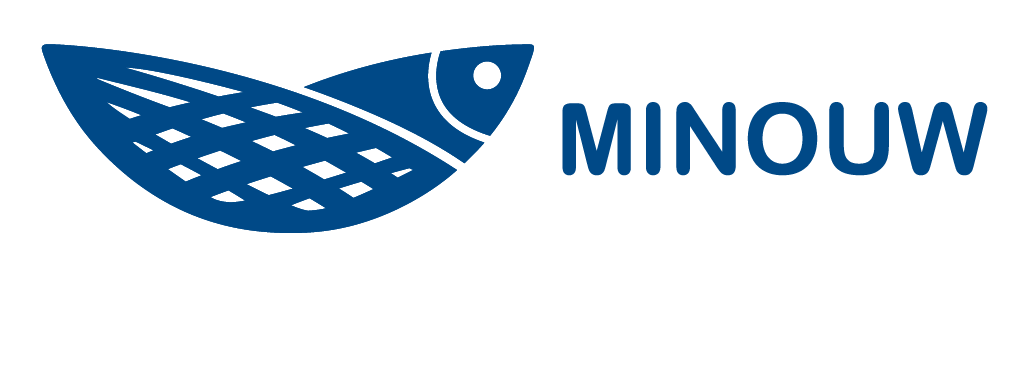
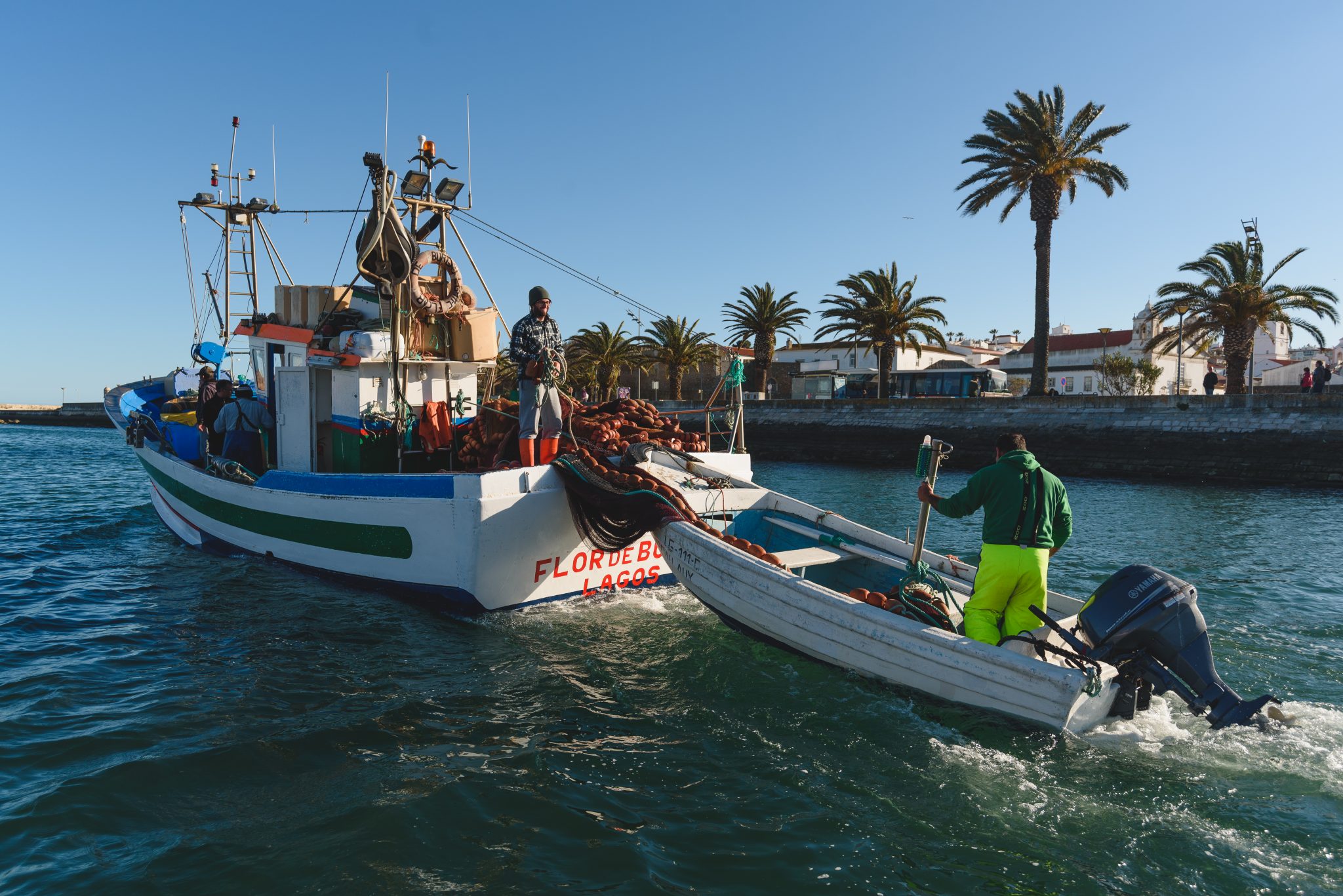
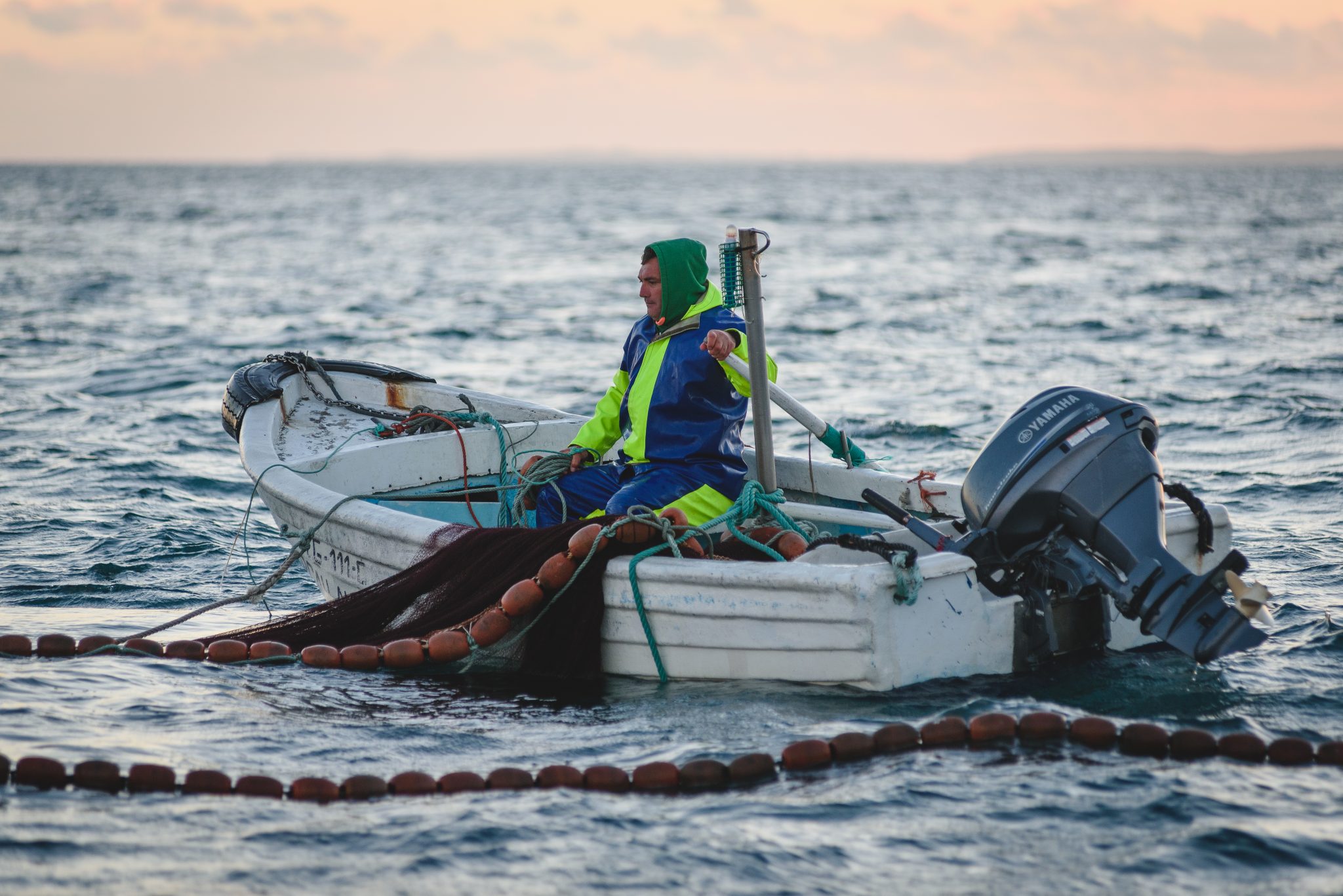
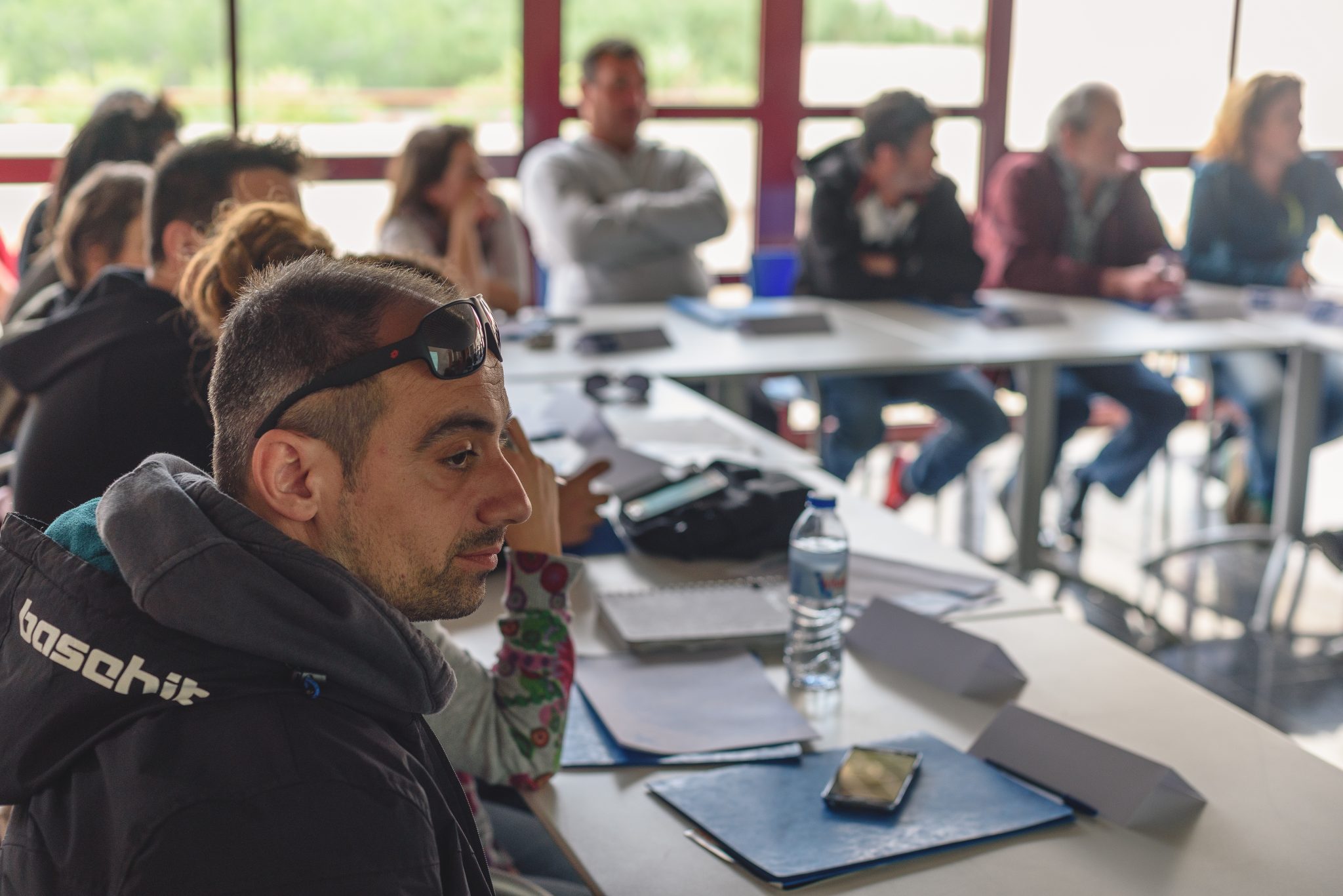
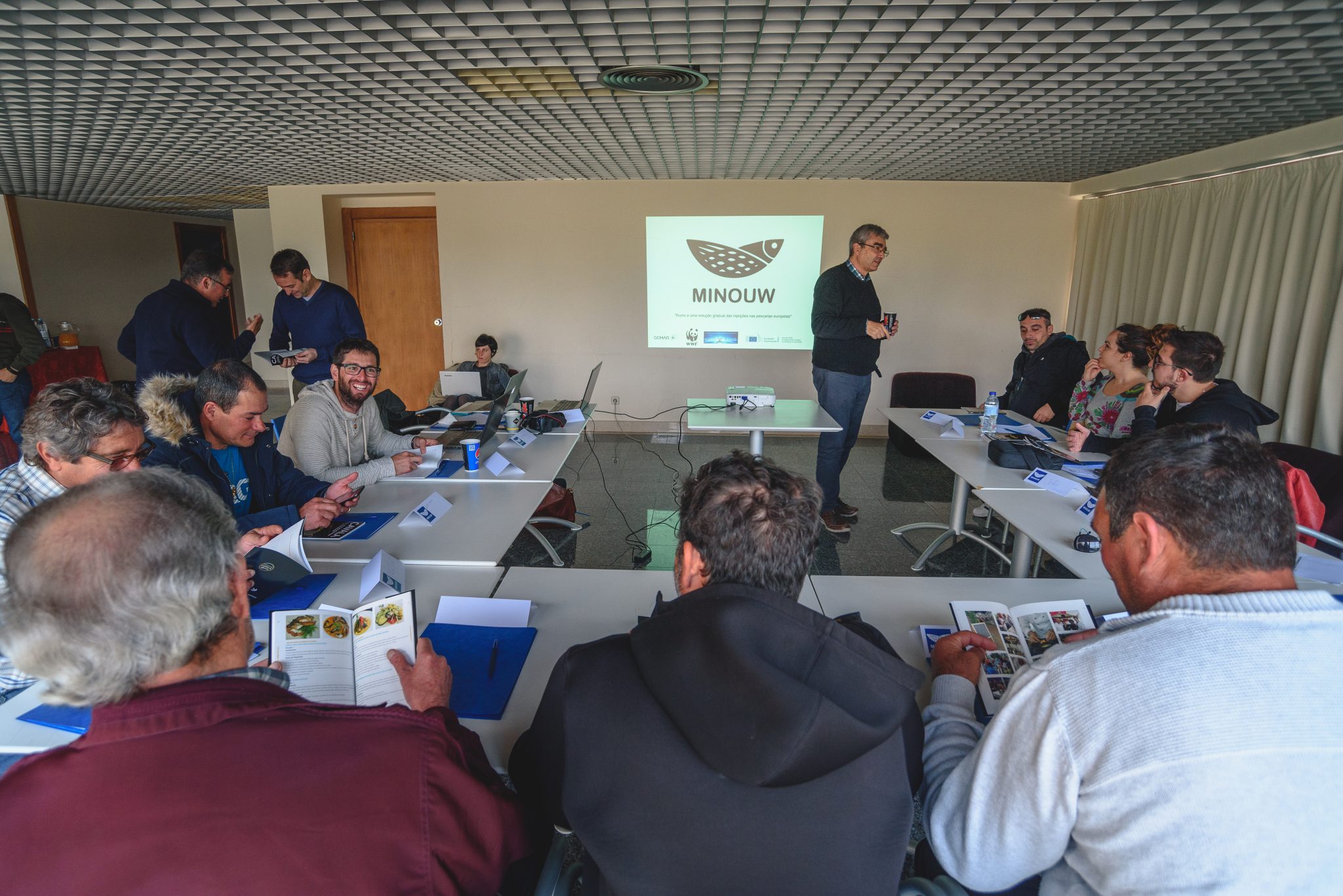

1 Comment